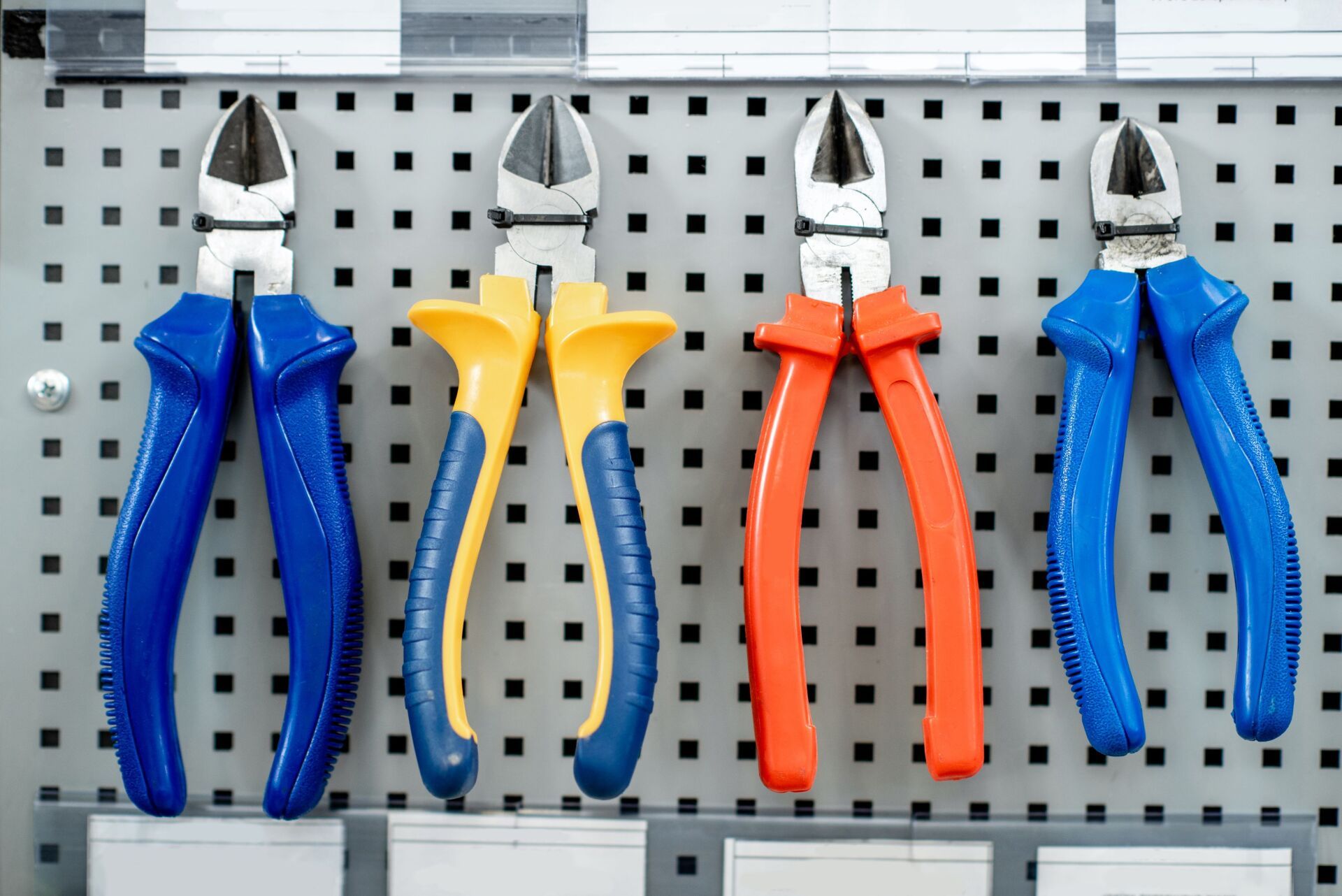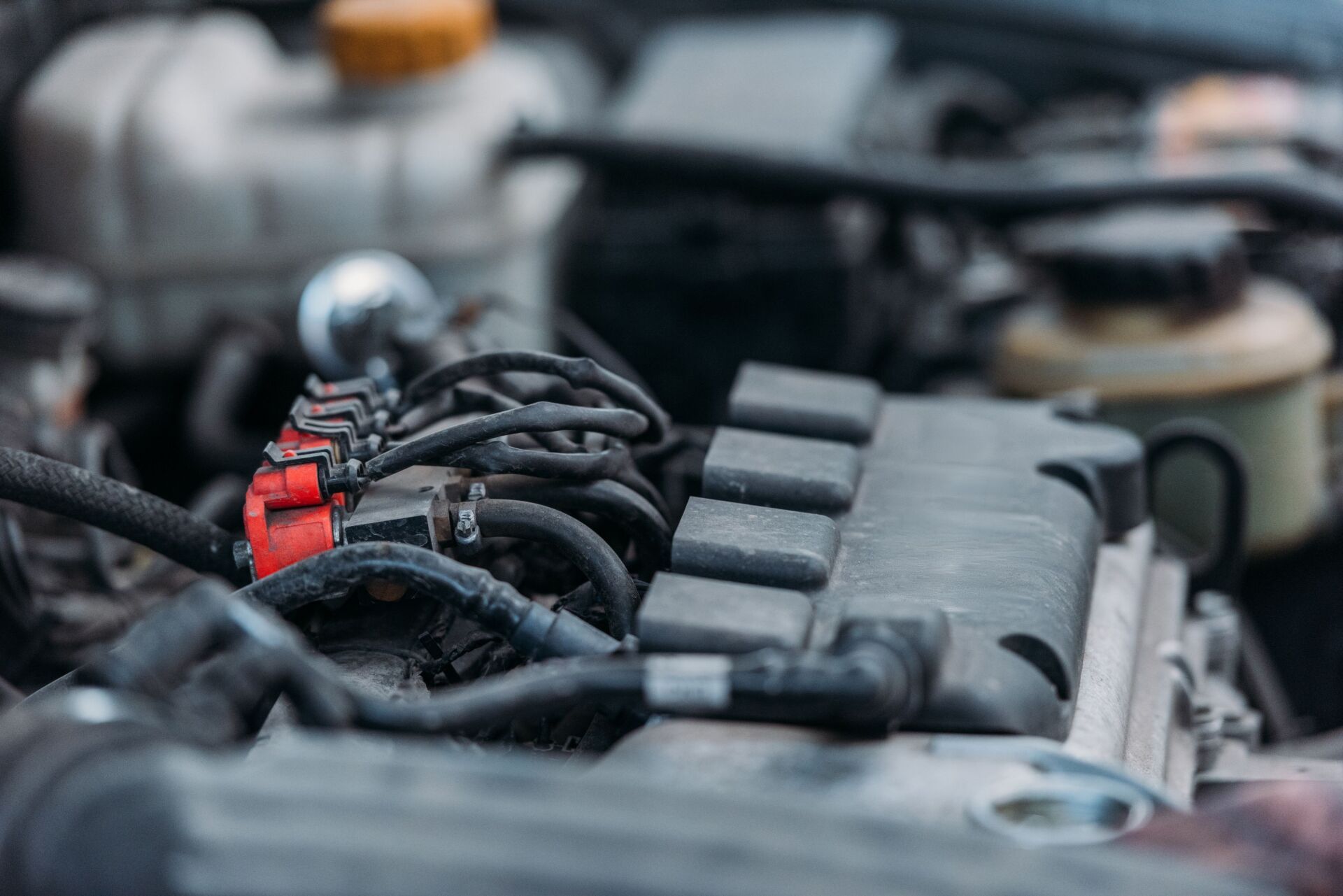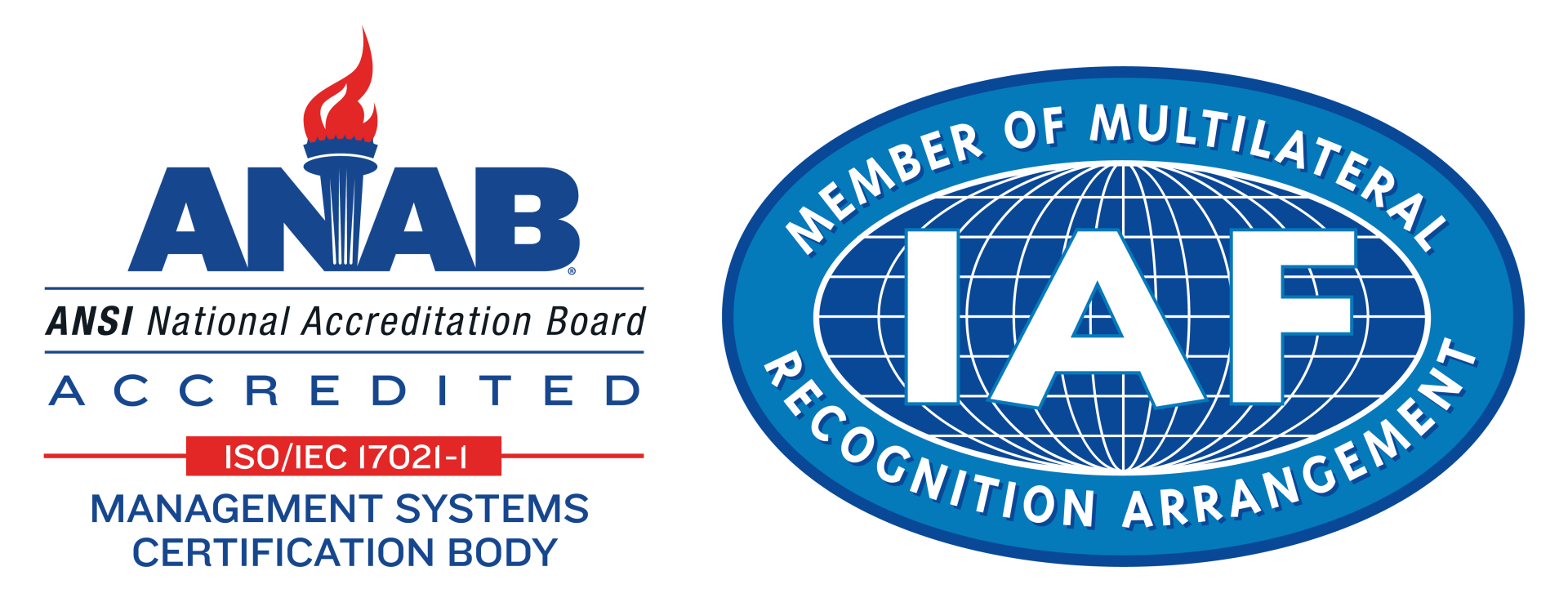Plastisol Coating: Hot Dip vs. Cold Dip
Plastisol Coating: Hot Dip vs. Cold Dip
Plastisol coatings are some of the most versatile in the business, with a soft, rubbery feel and excellent resistance and performance. Created from polyvinyl chloride (PVC) with some added plasticizers to make it more flexible and stretchy, plastisol can be made in virtually any color, in varying thicknesses, and with a range of textures and finishes. Additives and alternative formulations offer additional characteristics and qualities such as being antibacterial or phthalate-free. Plastisol can be molded or sprayed, but is most commonly used as a dip coating, which can be applied cold or heated.
Hot Dip Plastisol Coating
For hot dip plastisol coatings, the substrate to be coated is preheated, dipped fully or partially in the liquid plastisol one or more times, then heated to cure the coating. For hot dip coatings, the hotter the substrate, the thicker the coating will be. The hot dip process can create thick coatings, generally from 1/16" to 1/4" thick. Hot dip plastisol coatings are most often applied to metal substrates such as tool handles, equipment, and items exposed to the elements outdoors.
Cold Dip Plastisol Coating
Cold dip plastisol coatings are less commonly used, and are achieved by dipping an unheated substrate in liquid plastisol as many times as needed to reach the desired coating thickness. As with hot dip coatings, parts must be heated at least briefly afterwards to cure the coating. Cold dip coatings are effective when a substrate can't tolerate preheating, such as fabric or wood, and can offer thinner coatings than hot dip applications. Cold dip applications include such items as belts and tarpaulins.
At Precision Dip Coating, we have decades of experience working with plastisol and other plastic resins and bring that expertise to every project we undertake. Contact us today to see how we can help make your product come to life.
Read More Blog Posts

HAVE QUESTIONS?
Thinking of starting a project and want to know if we're the right fit to work with you? We would love to answer any question that you may have. Precision Dip Coating is located on 176 Chase River Rd, Waterbury, CT 06704, United States and can help you step in the right direction with your project. Additionally, you can email sales@precisiondipcoating.com for more information.
ISO 9001:2015 Certified
ABOUT
SERVICES
CONTACT US
CONTACT USThe information on this website is for general information purposes only. This information is not intended to create, and receipt or viewing does not constitute, a manufacturer and client relationship. Precision Dip Coating is licensed & insured for the job. Call 203-805-4564. Email with any questions you may have regarding this website, or anything associated with it.
All Rights Reserved. This website was designed, SEO optimized, and marketed by DeveloMark.





